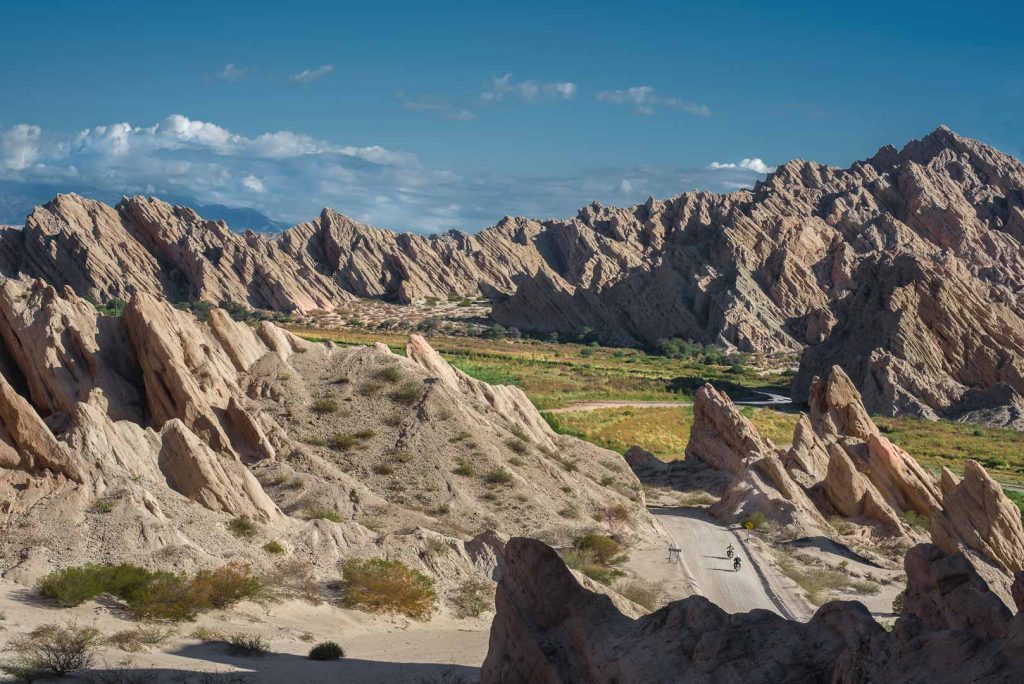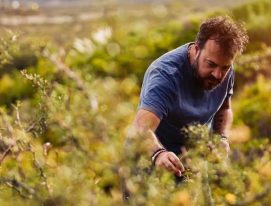Argentina, a land full of natural treasures, offers travelers an irresistible new concept: the Natural Trail, an official program whose goal is to consolidate Argentina’s reputation as a world class destination, placing an emphasis on putting local and international visitors in touch with nature, local communities and industries as part of a responsible, meaningful approach to tourism. The Natural Trail is a selection of 17 different routes along which adventurous visitors will be introduced to the true essence of the country; national parks, scenic journeys and unmissable destinations that add up to an unforgettable trip.
We’ll begin in the Northwest:
Exploring natural treasures: the wonders of the Argentine northwest
The Natural Trail might seem a little intimidating if you don’t get your bearings first. Argentina is immense, full of bewitching and very distinct landscapes and geographies. One way of cutting it down to size is to start up north and work our way south. In this installment, we’ll concentrate on the Argentine Northwest, which comprises the provinces of Salta, Tucumán, Jujuy, Catamarca, Santiago del Estero and La Rioja.
The Natural Trail and the rich Northwest

The northwestern region of Argentina offers a stunning range of landscapes, from the majestic Andes to tropical jungle, with every route taking you deeper into a diverse natural world.
Below are a few iconic routes to choose from:
-The Calchaquí Valleys Trail. This route wends its way around and across picturesque valleys and charming towns. Something to bear in mind: Cafayate (in Salta) produces some of the best wines in the country. The area has a viticultural tradition that dates back to the 18th century and boasts the highest vineyards in the country with over 6000 hectares spread across the Calchaquí Valleys (GI) to the northwest of the provinces of Salta, Catamarca and Tucumán, and the valleys of Jujuy (Valles Templados and Quebrada de Humahuaca GI). It’s near Uquía (Jujuy) that you’ll find a vineyard planted above the Moya mine at 10,900 feet, making it the highest vineyard in the world.
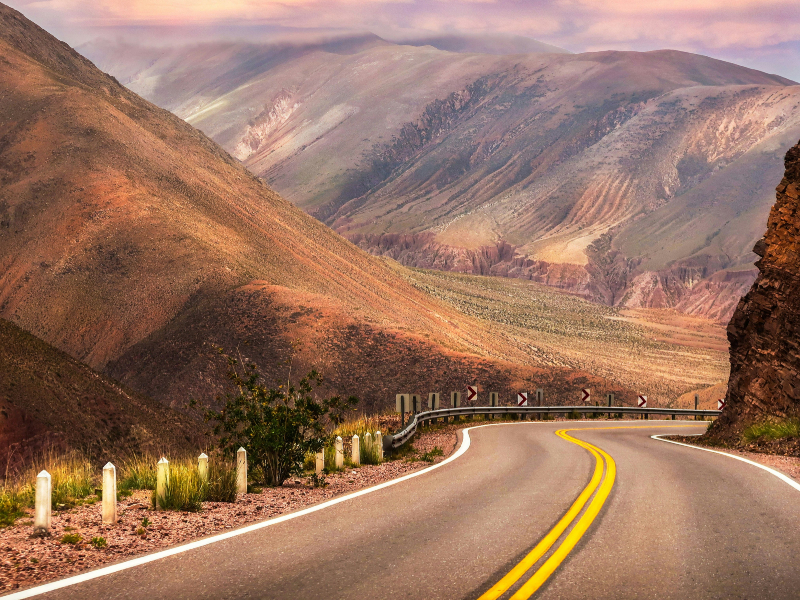
-The Puna Trail. Here, the height and sheer expanse of the mesas take your breath away. From Salinas Grandes, passing through Cuesta de Lipán to the colorful hills of Purmamarca, every stop is a living, breathing painting. Although the height and climate make winemaking difficult, some of the valleys between the mountains, lower down in Jujuy or the Quebrada de Humahuaca, boast small wineries tending to varieties that have adapted to the altitude with unique and memorable results.
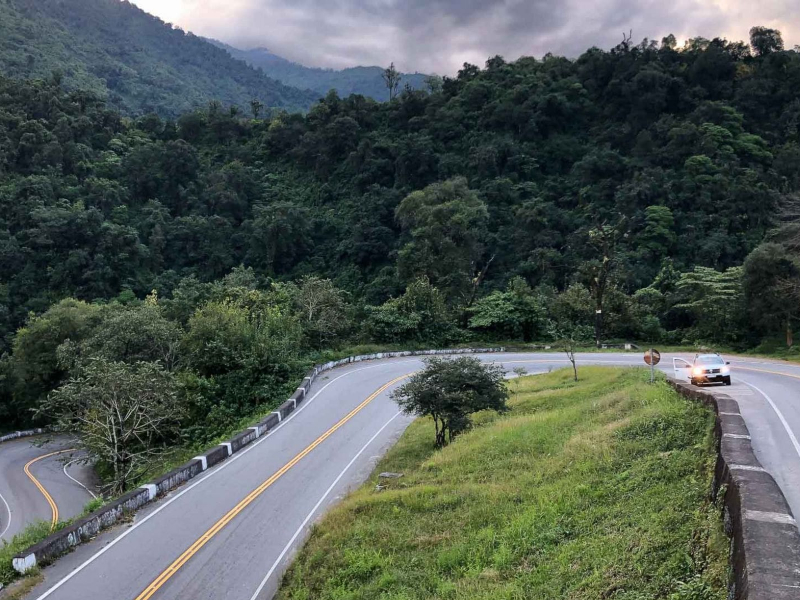
-The Yungas Jungle Trail. The Natural Trail takes you into the subtropical jungle where you can surround yourself in uniquely biodiverse habitats. Essential highlights are the Quebrada de los Sosa, where colorful and exotic species of birds and plants make every step an adventure.
In addition to the landscapes, the northwestern region offers plenty of distinctive cultural experiences. Craft markets, traditional festivals and local hospitality guarantee that travelers feel welcome and entertained.
Information to bear in mind
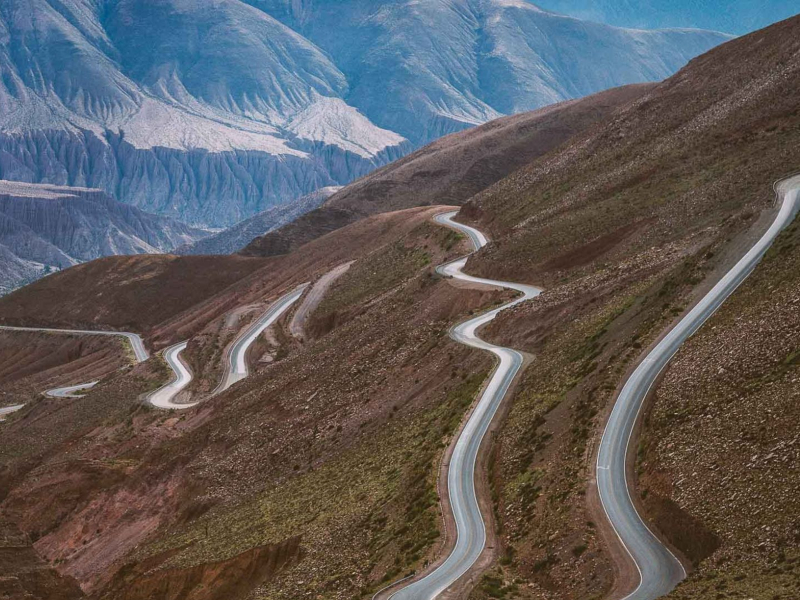
The best time of year to visit: the climate varies in the northwest, but generally the spring and autumn are the best periods for exploration. It’s worth checking the calendar to organize the perfect trip.
Gastronomy: the regional cuisine has plenty of delights to sample and will also give visitors a better understanding of Argentine culture through local traditions, cooking and produce.
Accommodation: there are options to suit every taste and budget, from camp sites to inns and luxury resorts. Before setting out on your adventure it’s best to consult local recommendations and guidelines to ensure a safe, pleasurable experience.

